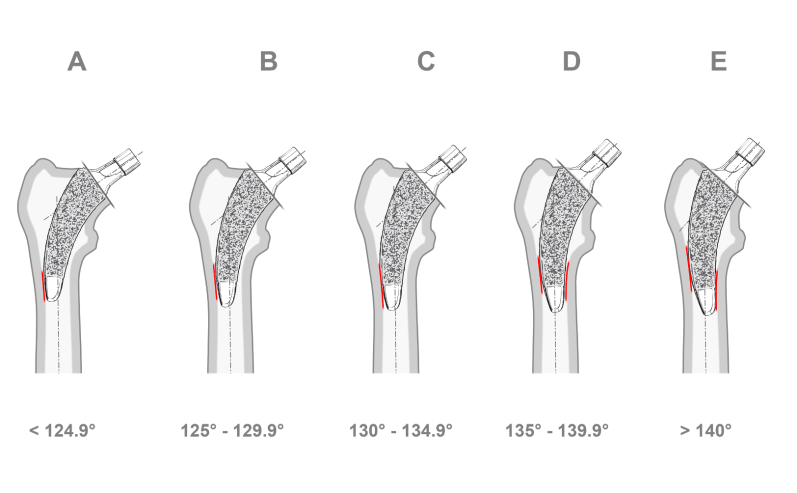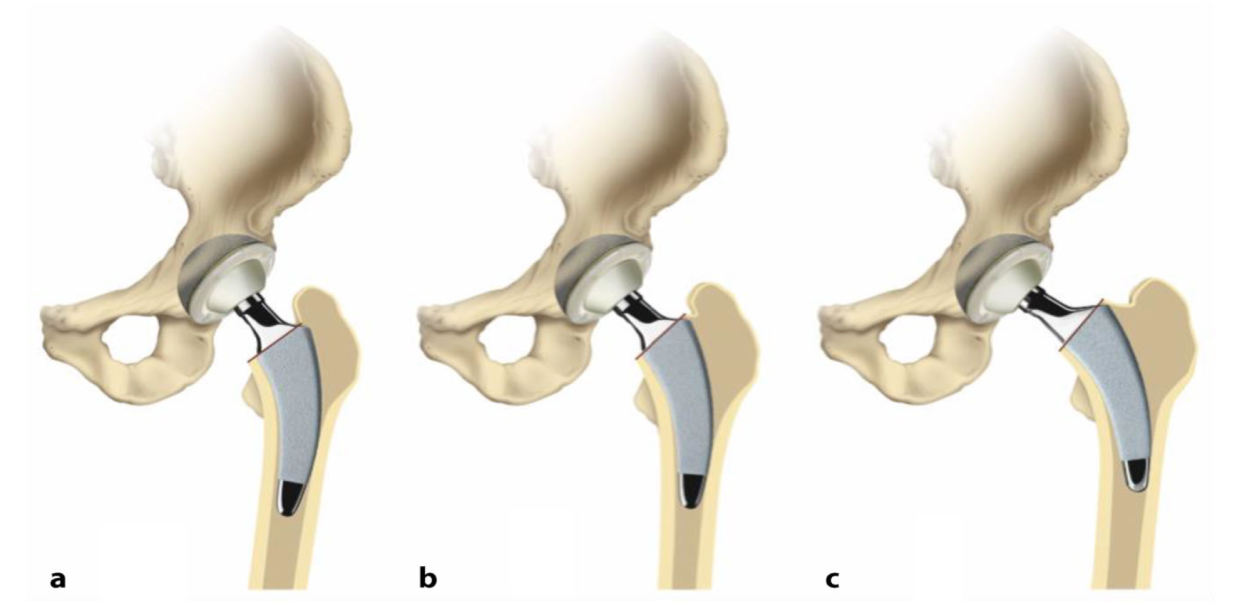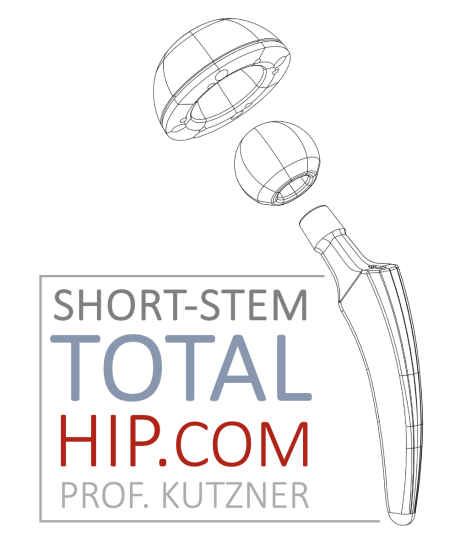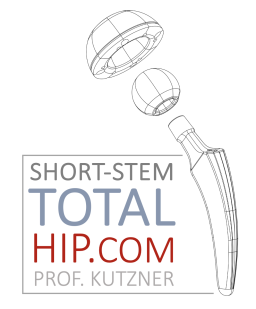Anatomy and biomechanics in short-stem total hip arthroplasty

Short-stem total hip arthroplasty prioritizes anatomical considerations, aiming to closely mimic the natural shape and orientation of the proximal femur. This approach contributes to enhanced stability and load transfer, aligning with the biomechanics of the hip joint. As understanding of hip anatomy deepened, short stems began to incorporate more anatomic features. Short-stem implants are engineered to provide stable fixation and efficient load transfer, mimicking the biomechanics of the natural hip joint. This aims to reduce stress shielding and enhance long-term stability.
Calcar-guided short stems offer a degree of customization, allowing surgeons to choose components or alignments that best match the patient's unique anatomy.

Biomechanics of the hip joint
The Complex Anatomy of the Hip Joint
To comprehend the intricacies of short-stem total hip arthroplasty (THA), a thorough understanding of the complex anatomy of the hip joint is imperative. The hip joint, a ball-and-socket joint, is formed by the articulation of the femoral head and the acetabulum of the pelvis. Surrounding structures, including ligaments, tendons, and muscles, contribute to the joint's stability and mobility.
The femur, or thigh bone, comprises the femoral head, neck, and shaft. The femoral head articulates with the acetabulum, a concave surface within the pelvis. The femoral neck connects the head to the shaft and plays a crucial role in load transfer and biomechanical function. The proximal femur, where short-stem implants are primarily situated, is a region rich in cancellous bone with distinct variations in anatomy among individuals.
Understanding the nuanced anatomy of the proximal femur is essential for surgeons adopting short-stem THA. The variations in femoral morphology influence the design and placement of short-stem implants to ensure optimal fit, stability, and load transfer.
Biomechanics of Natural Hip Function
The biomechanics of the natural hip joint are finely tuned to facilitate smooth movement, weight-bearing, and load distribution. During activities like walking, running, and standing, the hip joint undergoes complex motions that involve flexion, extension, abduction, adduction, and rotation. The femoral head, housed within the acetabulum, experiences forces and stresses that are efficiently managed by the surrounding musculoskeletal structures.
The load transfer within the hip joint is a dynamic interplay between the femoral head and the acetabulum. Biomechanical studies have highlighted the importance of preserving this natural load transfer in hip arthroplasty procedures to minimize stress shielding and support long-term implant stability. Short-stem THA, with its emphasis on anatomical considerations, aims to replicate the natural biomechanics of the hip joint, ensuring optimal functionality and reduced risk of complications.
Relationship Between Femoral Anatomy and Short-Stem Designs
The success of short-stem THA is intricately tied to the relationship between femoral anatomy and implant design. Short-stem implants are crafted to engage the metaphyseal region of the proximal femur, capitalizing on the cancellous bone for stability. The design principles prioritize preserving the femoral neck, which is crucial for maintaining the biomechanical integrity of the hip joint.
Various short-stem designs exist, each tailored to accommodate the diverse anatomical variations observed among patients. Calcar-guided short stems, for example, prioritize preserving the calcar region of the femoral neck, promoting stability and load transfer.
Understanding the interplay between femoral anatomy and short-stem designs guides surgeons in selecting appropriate implants, customizing the surgical approach, and optimizing outcomes for individual patients.

Individual reconstruction of the anatomy in short-stem total hip arthroplasty

Successful implementation of short-stem THA requires surgeon expertise and familiarity with the specific challenges and advantages associated with these implants. Adequate training and continuous education are essential for optimizing outcomes.
Wir benötigen Ihre Zustimmung zum Laden der Übersetzungen
Wir nutzen einen Drittanbieter-Service, um den Inhalt der Website zu übersetzen, der möglicherweise Daten über Ihre Aktivitäten sammelt. Bitte prüfen Sie die Details und akzeptieren Sie den Dienst, um die Übersetzungen zu sehen.

